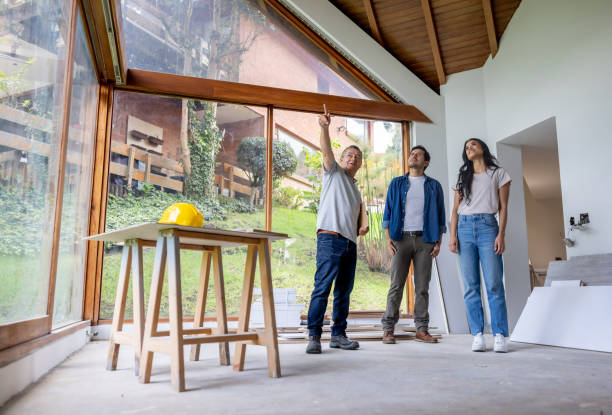Asbestos, a naturally occurring mineral, was widely used in construction materials due to its heat resistance and insulation properties. However, it was later discovered that prolonged exposure to asbestos fibers could lead to severe health issues such as lung cancer and mesothelioma. Therefore, before embarking on any remodeling or renovation project of an older property, it’s crucial to get a certified asbestos test done.
When structures containing asbestos are disturbed during remodeling or demolition activities, microscopic fibers are released into the air. If these fibers are inhaled over time, they can cause scarring in the lungs and even result in serious respiratory diseases. Consequently, testing for asbestos becomes not just a matter of legal compliance but also a significant safety measure for you and your family’s health.
A certified asbestos test is performed by trained professionals who have extensive knowledge about this harmful substance. They collect samples from various parts of the building like floor tiles, drywall joint compounds, insulation materials among others which may contain asbestos. These samples are then sent off to a lab where they’re tested for the presence of any dangerous levels of asbestos.
It’s worth noting that DIY home testing kits for asbestos do exist; however relying solely on them isn’t recommended. Asbestos testing involves potential risks since improper handling can inadvertently release more hazardous particles into your living environment than there were initially. Moreover, professional testers not only identify if there is an issue but also provide guidance on how best to manage or remove any detected asbestos safely.
If your house does test positive for containing harmful levels of asbestos during the pre-remodeling phase; don’t panic! It doesn’t necessarily mean you’ll need to abandon your project entirely or move out immediately. In many cases where low concentrations are found without signs of disturbance (meaning no fibers have been released), experts recommend leaving it undisturbed under professional supervision rather than removing it.
However, if higher levels are detected or if remodeling would disturb these materials, professional abatement is required. This process involves safely containing or removing asbestos-containing materials in a controlled environment to prevent any further exposure.
The cost of an asbestos test and potential abatement may seem like an unnecessary expense when you’re excited about your remodeling plans. However, the peace of mind knowing that your home is safe from this harmful substance, and the prevention of serious health issues down the line, make it worth every penny.
In conclusion, if you’re planning on remodeling a property built before 1980s (when most countries banned asbestos use), getting a certified asbestos test should be at the top of your checklist. The risks associated with ignoring this step are far too significant to overlook. After all, ensuring safety should always be paramount in any construction project – especially one that involves creating a comfortable and secure living space for you and your loved ones.









